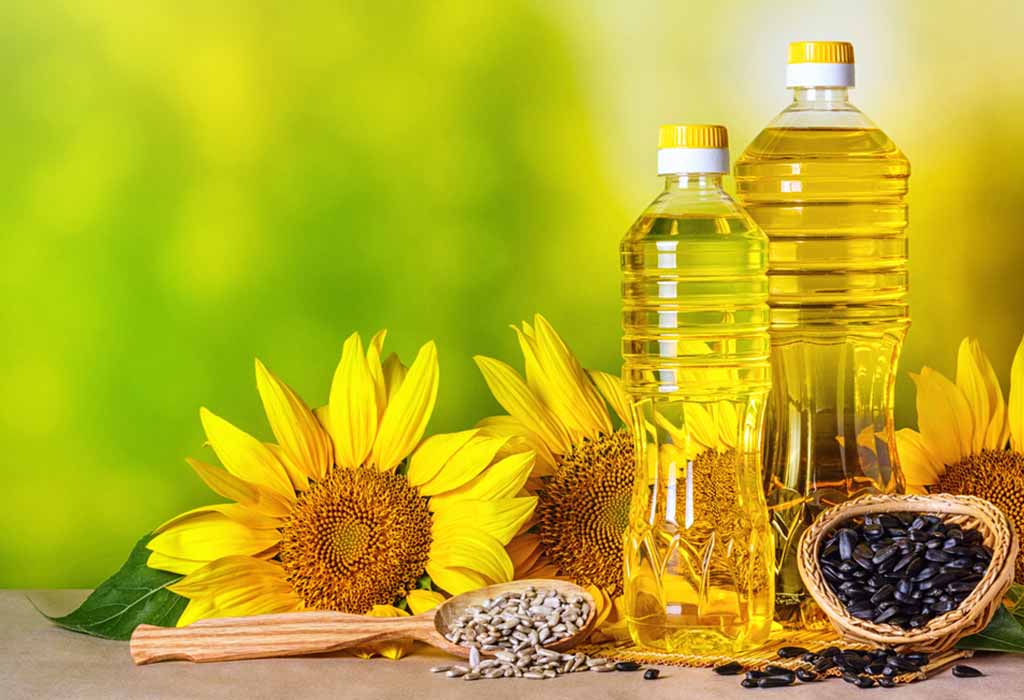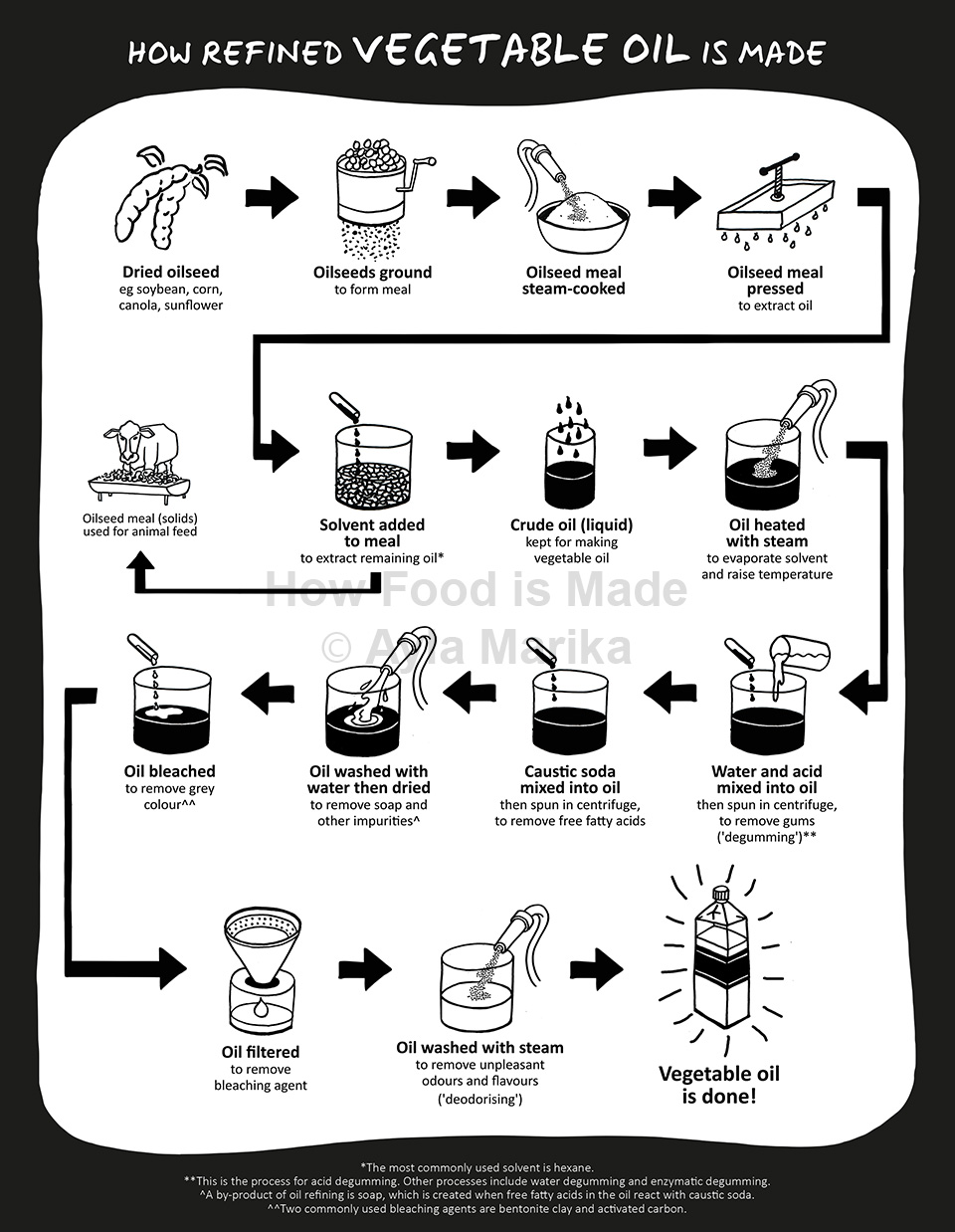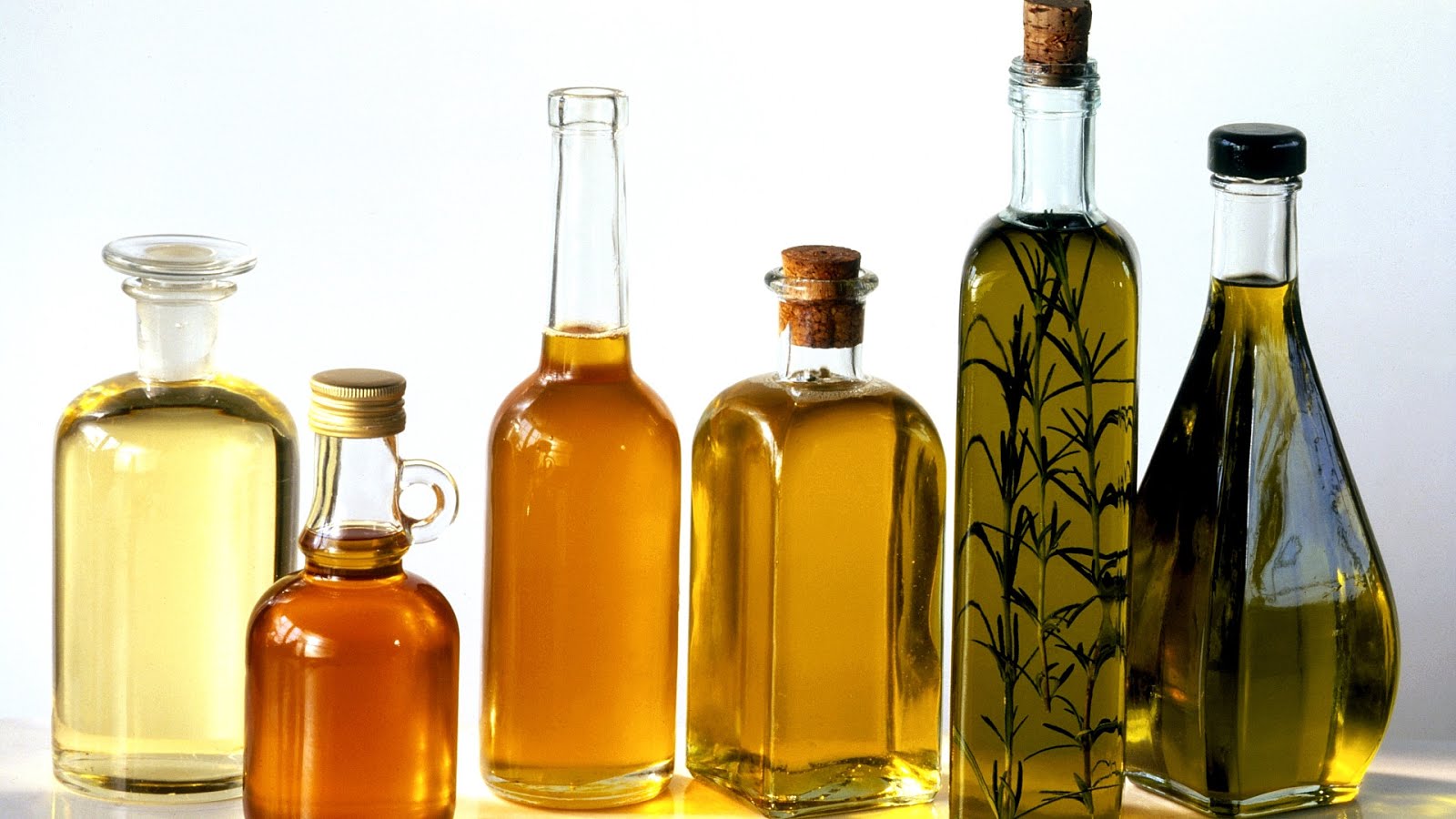what's vegetable oil made out of In this article
Vegetable oils are an essential part of our daily cooking routines, adding taste and nutrition to our meals. Have you ever wondered how these oils are made? In this article, we will explore the fascinating process of manufacturing vegetable oils and understand the science behind it.
Extracting Oil from Vegetables
The first step in the production of vegetable oils is the extraction process. Various types of vegetables, such as soybeans, sunflower seeds, and rapeseeds, are commonly used to produce these oils. The extraction method primarily involves two techniques: mechanical pressing and solvent extraction.
 During mechanical pressing, the vegetable seeds or fruits are crushed or pressed to release the oil. This method is suitable for oil-rich fruits like olives, where the oil is naturally present in higher quantities.
During mechanical pressing, the vegetable seeds or fruits are crushed or pressed to release the oil. This method is suitable for oil-rich fruits like olives, where the oil is naturally present in higher quantities.
However, certain seeds have a lower oil content, making mechanical pressing less effective. In such cases, solvent extraction is employed. Solvents like hexane are used to dissolve the oil from the seeds, creating a solution. The solvent is then evaporated, leaving behind the oil. This method ensures maximum extraction from low-oil content crops.
Refining and Processing
After the extraction process, the oil goes through a refining stage to enhance its quality and flavor. This involves several steps, including degumming, neutralization, bleaching, and deodorization.
In the degumming process, the oil is mixed with water and acid to remove undesirable compounds like gums and phospholipids. This improves the stability of the oil and prevents separation.
Neutralization follows, where any remaining acids in the oil are neutralized using alkali. This step not only removes acidity but also removes any impurities present in the oil.
 Bleaching is the subsequent step, where the oil is treated with bleaching agents like activated carbon or clay to remove pigments and other contaminants. This process gives the oil a clear and appealing appearance.
Bleaching is the subsequent step, where the oil is treated with bleaching agents like activated carbon or clay to remove pigments and other contaminants. This process gives the oil a clear and appealing appearance.
Finally, deodorization eliminates any unwanted odors and flavors from the oil. It involves heating the oil under vacuum, removing volatile compounds responsible for undesirable smells. This step ensures the oil has a pleasant aroma and taste.
Packaging and Distribution
Once the oil has undergone refining and processing, it is ready for packaging and distribution. The oil is typically packaged in containers that protect it from light and air to maintain its quality and prolong its shelf life.
From production facilities, the packaged oils are transported to various distribution channels—from grocery stores to restaurants—to reach consumers. Strict regulations and quality control measures ensure that the oils meet the required standards and are safe for consumption.
Now that you have learned about the process of manufacturing vegetable oils, you can appreciate the complexity and precision involved in bringing these essential cooking ingredients to our kitchens. Remember to choose high-quality oils that are suitable for your desired culinary needs, as they play a significant role in enhancing both the taste and nutritional value of your meals.
If you are looking for How are Vegetable Oils made? - How Food is Made you’ve visit to the right place. We have 5 Pics about How are Vegetable Oils made? - How Food is Made like In This Article, Is Vegetable Oil Made From Vegetables? - The Cookful and also In This Article. Read more:
How Are Vegetable Oils Made? - How Food Is Made
 howfoodismade.aylamarika.comHow Are Vegetable Oils Made? - How Food Is Made
howfoodismade.aylamarika.comHow Are Vegetable Oils Made? - How Food Is Made
 howfoodismade.aylamarika.comBest Vegetable Oil - Vege Choices
howfoodismade.aylamarika.comBest Vegetable Oil - Vege Choices
 vegechoices.blogspot.comtypes
vegechoices.blogspot.comtypes
Is Vegetable Oil Made From Vegetables? - The Cookful
 thecookful.comvegetables
thecookful.comvegetables
In This Article
 parenting.firstcry.comHow are vegetable oils made?. Best vegetable oil. Is vegetable oil made from vegetables?
parenting.firstcry.comHow are vegetable oils made?. Best vegetable oil. Is vegetable oil made from vegetables?